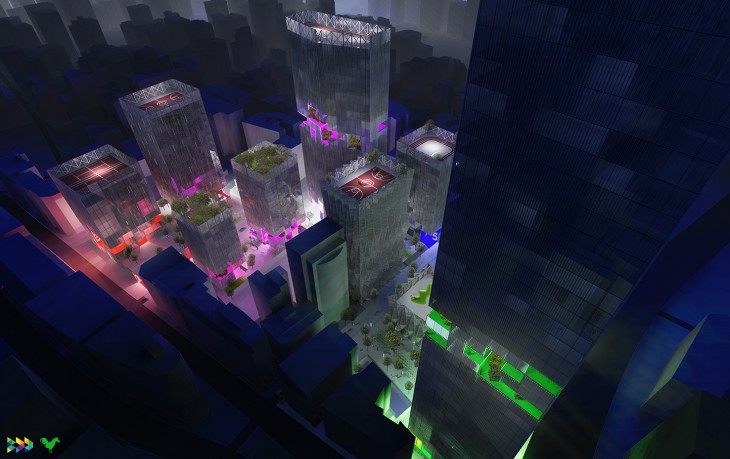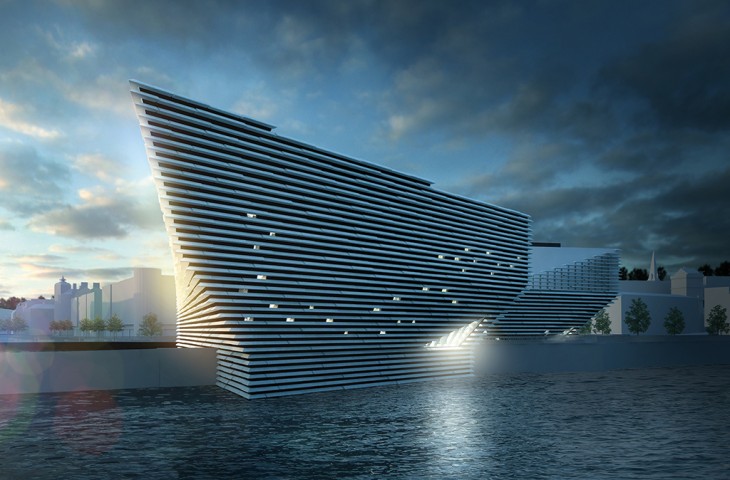
IAAC Fall Lecture Series 2014
Tuesday 25th of November 2014
Built by Assoiciative Data – Ali Basbous + Luis Fraguada
Lecture: BAD Bits
@ 19.30, IAAC Auditorium
Open to the Public
ALI BASBOUS - IAAC Alumni
Ali Basbous (Beirut, 1973) is the Founder and Director of BAD; A Canadian, Lebanese Architect living between Barcelona and Beirut. Ali holds a Masters degree in Advanced Architectural Design from IAAC. Ali’s global experience in creating pioneering ideas have been prized and granted many internationally notable awards. Ali has been performing major roles and renowned design practices like JDS Architects (Brussels, Copenhagen), NBBJ (Shanghai, Seattle) and Raphael Vinoly Architects (New York). Ali’s work has been strongly influenced by questions concerning the evolution of social interaction and new technologies. Ali pursues an expertise in the use of powerful modeling and design software (as Rhino 3D, Grasshopper and VB scripting) to discover new Architectural forms that can respond to contemporary culture, economics and industry. His deep understanding for the complex systems of nature and the massive Data accumulation varying between sustainable issues to practical diagrammatic programming enable him a to generate precise definitions to acquire pioneering designs. During his professional practice the firms he collaborated with have won several competitions and awards on major landmark projects.
LUIS FRAGUADA – IAAC Alumni
Luis Fraguada is the Research Director of Bad Research, he investigates critical issues in architecture, design and urbanism through various modes, including parametric design, scripting, and fabrication. Luis’ architectural studies began at the University of Colorado, Boulder where he was able to begin exploring computational tools and theories that would lead him to choose this field as a specialty. Luis pursued his master’s degree in architecture and urbanism (M.Arch) from the AA Design Research Laboratory (DRL) in London where he studied with Theodore Spyropoulos. Luis chose this program for it intense use of computational tools and extensive physical prototyping of dynamic structures.
A post-graduate degree in Digital Architectural Production at IAAC brought Luis to Barcelona, where he is currently based. Luis is currently member of the Faculty of Architecture at IaaC in Barcelona, Spain as the principle computation instructor, focusing on the interface between computational processes and fabrication. Luis joined BAD as an associate and the Director of the Barcelona office. His expertise allows BAD to implement diverse data sets and analysis in each project, leading to novel design solutions which exploit the boundaries set by budget, material, political, and societal constraints.


